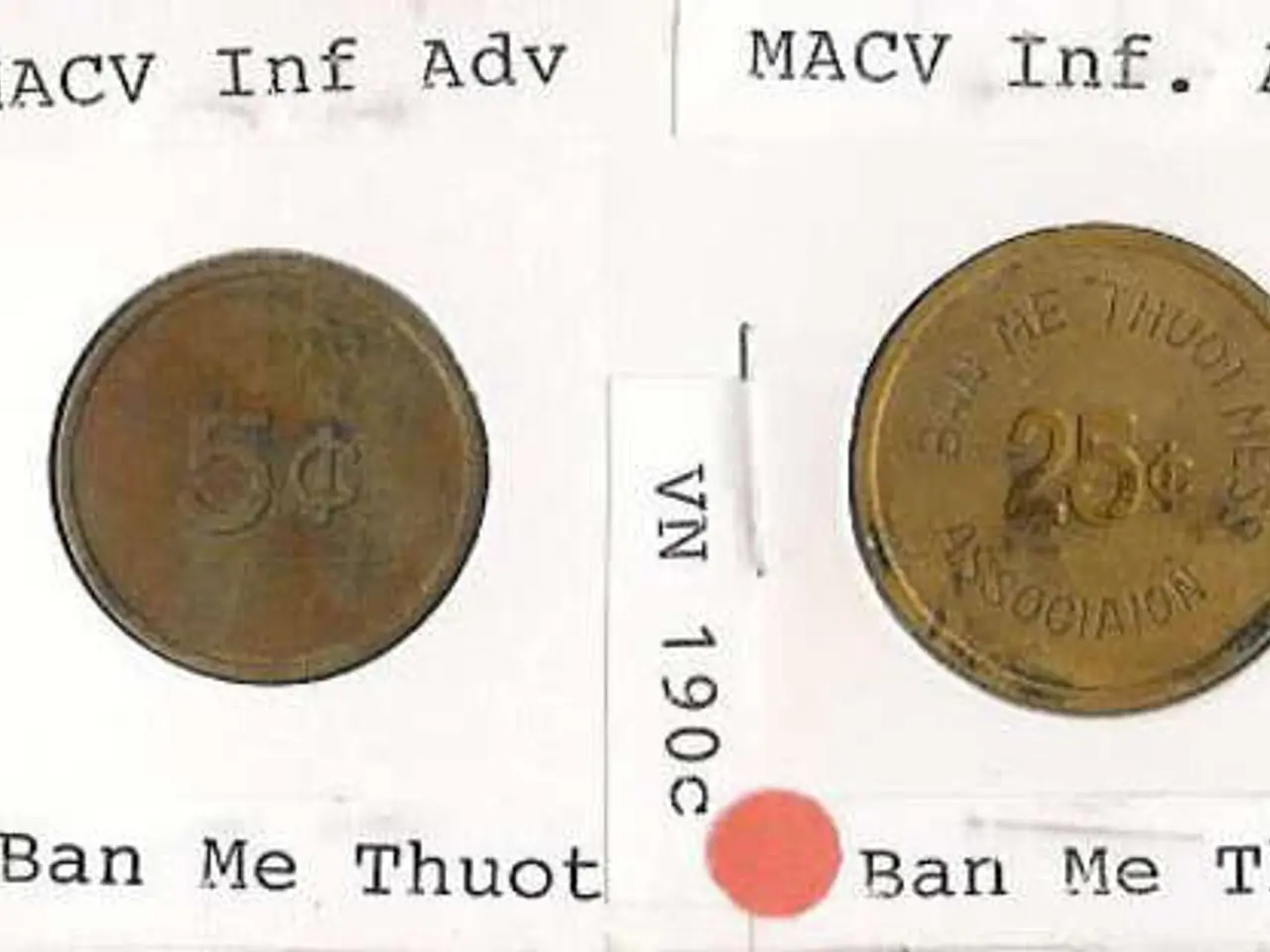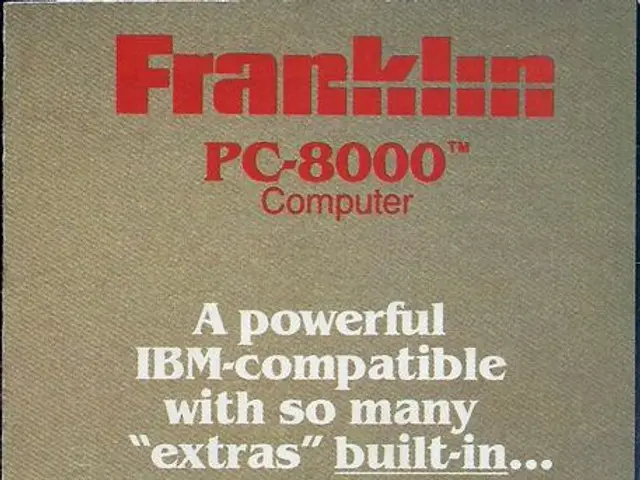Trump's Fiscal Tightening: Could Eliminating Coins Result in Savings or Increased Expenses?
In a move that has sparked a complex debate, former President Donald Trump has directed the Treasury Department to cease the production of the one-cent coin. This decision, based on the belief that the measure will help eliminate waste from the national budget, echoes past attempts by Trump's predecessors and other politicians.
The U.S. Constitution grants Congress the exclusive power to "coin money" and determine values. However, the cost to produce a penny is more than its face value, a phenomenon known as "negative seigniorage." In 2024, the U.S. Mint reported that it cost 3.69 cents to mint a penny, resulting in a loss of $85 million on the nearly 12 billion pennies produced.
While the cost of production is a clear disadvantage, concerns about potential price increases and the impact on vulnerable populations need careful consideration. Research suggests that rounding would have virtually no effect, with consumers potentially gaining a tiny amount. On the other hand, eliminating the penny could lead to prices rounding up to the nearest five cents, potentially costing consumers more.
Concerns have been raised that eliminating the penny could hurt lower-income individuals, but those who disproportionately deal in cash transactions would be helped more by the elimination of the penny. The fate of penny drives, a fundraising method utilized by charities and schools, is also a matter of debate.
Trump's penny abolition efforts are not without opposition. A group representing zinc producers, coin manufacturers, and collectors has criticized the proposal as potentially exacerbating losses for the Mint by necessitating increased nickel production. The Mint also lost nearly $18 million making nickels in 2024, which would become the lowest-denominated coin if the penny is abolished.
Advocates believe that abolishing the penny could enable the U.S. Mint to concentrate on higher-denomination coins. The debate is about more than just cents and sensibility. It's a discussion about the role of the government in managing resources, the impact on the economy, and the needs of various sectors of society.
As of the current date, there are no publicly available or recent updates indicating that the United States Congress has enacted or progressed legislative initiatives to suspend the production of the one-cent coin for ten years. The Treasury Secretary may be able to halt new penny minting until legislative action is taken.
This decision, if implemented, would make the U.S. the latest in a line of countries, such as Canada, to discontinue their one-cent coins. In an era dominated by credit cards and electronic payments, with approximately 86% of transactions in the U.S. being cashless in 2024, the question remains: is the penny still necessary?
The renewed push to scrap the penny has opened up a lively debate with valid arguments on both sides. The future of the penny is uncertain, but one thing is clear: the issue is far from resolved.
Read also:
- Peptide YY (PYY): Exploring its Role in Appetite Suppression, Intestinal Health, and Cognitive Links
- Toddler Health: Rotavirus Signs, Origins, and Potential Complications
- Digestive issues and heart discomfort: Root causes and associated health conditions
- House Infernos: Deadly Hazards Surpassing the Flames








